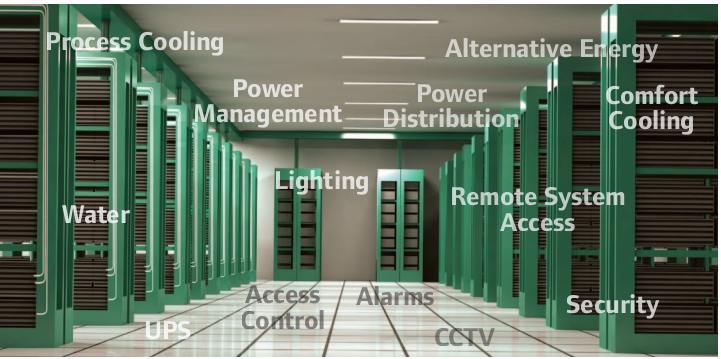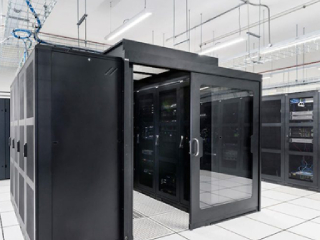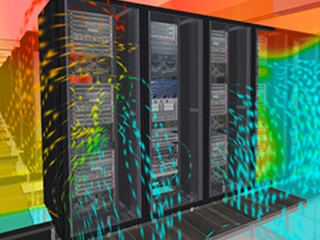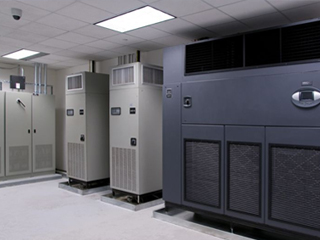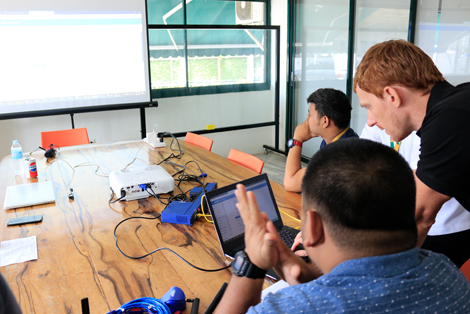As we march away from a dismal 2020, remote atypical workflows persist far beyond the scare of the pandemic. It is imperative we have a dependable monitoring platform that will ensure uptime of the IT services we have all come to rely upon. These monitoring tools commonly operate quietly in the background, so much so that we forget they’re even there. This sort of neglect can lead to serious problems.
When Was The Last Time You Evaluated Your Data Center’s Monitoring Platform?
Some of the tools are probably a bit behind the times and have been collating useful information that is not being utilized effectively. They might be also neglect to send alerts about looming problems. These systems need to be operated remotely and automated. The monitoring tools should be primed to send the operators or users an alert even if they are offsite.
Outages
One of the most destructive and expensive problems a data center can have is network downtime. Apps malfunction, files are unobtainable, and the business is unable to execute routine operations. Gartner calculates that data centers lose about $5,600 for every minute of downtime. The bigger the business, the bigger the losses. It could lose as much as $540,000 an hour in a hyper-scale data center scenario. Reviving the system will cost a pretty penny, the time it can take to restart and bring all services back online can be many more hours than the network blackout period.
One prominent hotel chain caught why they were having power outages just in time. These outages were caused by a shift in network configuration. By using an effective monitoring system, they were able to adjust to the change. This saved them a lot of time and money.

Photo Credit: datacenterfrontier.com
Systems should pre-empt issues, not just catch up to them. An ounce of prevention is better than a pound of cure. Appraisal of the monitoring system before it neglects to provide the information needed if something is amiss. The network monitoring gear must continually evaluate the operation and generate condition updates. This will let the operators catch a malfunction before it occurs. If the system is operating at its correct level, it will typically avert unwanted outages by utilizing performance thresholds. This will help assess its operational condition in real-time. It will also give notice when prescribed metrics have hit a dangerous level. With an effective monitoring system installed, your team will have a comprehensive network perspective. It will also allow them to react to fluctuations and avert the occurrence of outages.
Alert Fatigue
Alert fatigue is where many false alerts are generated. They create so much noise that you begin to ignore even the most important alerts. If a truly important message does arrive, we often miss it. This is because it looks like any other notification that comes in. This is the first of the three signs that it’s time to re-evaluate the monitoring platform.
So how can we remedy this? Intelligent monitoring systems commonly endeavor to make things easier for the operators. A monitoring system should lessen the incidence of false or repetitive alarms. This allows the users to pinpoint real problems. A tiered-alert priority system will flash warning signs on the dashboard. This will come with a visible or audible sign that shows its seriousness. Will this issue keep till afternoon? Or does it need to be fixed right now?
Excess Tools
One of the main sources of monitoring glitches can be the monitoring tools themselves. This is the phenomenon of over-monitoring. If there are too many tools watching the network, you’ll receive an alert from each. This adds to alert fatigue. It might cause confusion and lead to a network failure and a disruption of your business. Several tools executing the same operation are not efficient. This is the second of the three signs that it’s time to re-evaluate the monitoring platform. The secret is to combine the required operations into one monitoring system.
The data center administrators typically want a large number of performance metrics and key performance indicators (KPI’s). This includes server functionality, loads, power consumption, security, environmental conditions, and the like. These factors may not be monitored by just one tool. The most appropriate device must be picked out by the team for an effective monitoring solution. Also, there are specific data points that can be tackled in an annual or quarterly report. IT monitoring should be geared towards tracking and sending notifications for crucial developments and fluctuations. This can prevent overstretching the team.
Assessing The Approach For Future Growth
We are unable to work at maximum capacity without the perspective and direction provided by monitoring tools. But simply installing these tools is far from adequate. When obsolete or utilized for unnecessary purposes, they can even become a hindrance instead of promoting smooth workflow.
In a continuously changing environment, with new dangers at every turn, it is important to be assured by routinely evaluating the monitoring devices. AKCP monitoring systems can usher the data center into the future. They are the world standard for data center and server room monitoring. We offer a wide array of devices and systems to serve every need of the data center. AKCP monitoring systems are celebrated for their durability and accuracy.
Advantages Of Remote Monitoring Platforms
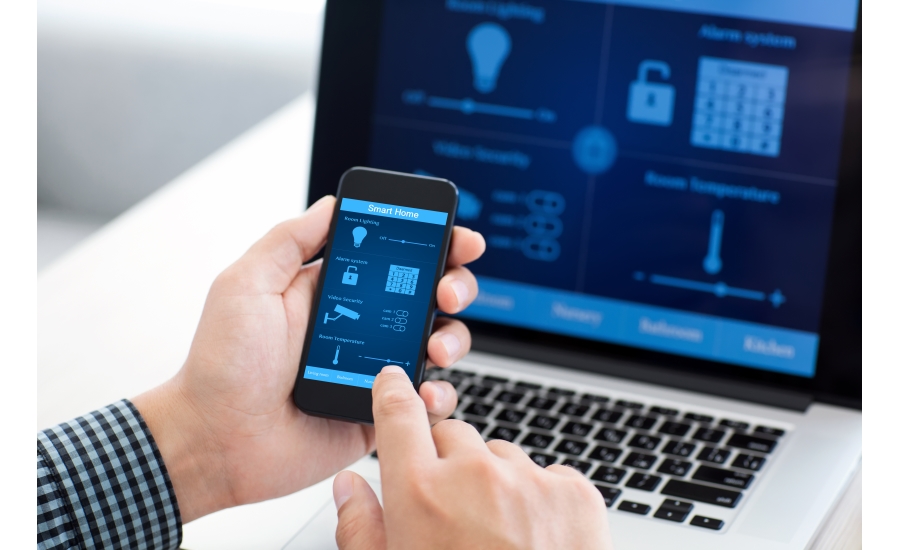
Photo Credit: www.reliableplant.com
Unlike monitoring systems in the past, which served all-in-one purposes, every new piece of equipment in the data center now has a monitoring feature. This could be as basic as identifying malfunctions. They could also be as advanced as transmitting early warning notifications for problems with the gear. The volume of monitoring data generated by this new hardware is impressive. Reading the data they provide will not be possible without an upgraded monitoring platform.
In the same way that cellphones became so popular, that every single citizen could soon afford one, so too have these monitoring systems become so commonplace, that the technology is now affordable for most data centers. A similar truth holds when it comes to its lifespan. It is now more cost-efficient to upgrade the monitoring system than to wait before an obsolete one causes more damage and expenses.
The obsolete belief that a user has to decipher and trigger action with every single alert is no more. Automatic responses of newer monitoring tools have taken their place. This development is supported by the capacity of a monitoring platform to classify issues according to importance. This allows them to take the appropriate action. Eliminating the human factor also removes human errors.
The last great advancement in data center monitoring platforms is that they are now mobile. Their systems are no longer chained to a desk. Users can now get instant updates anywhere they are. All they need is internet access or data on a cellphone. There is no longer a need for a human to go on location to fix a problem.
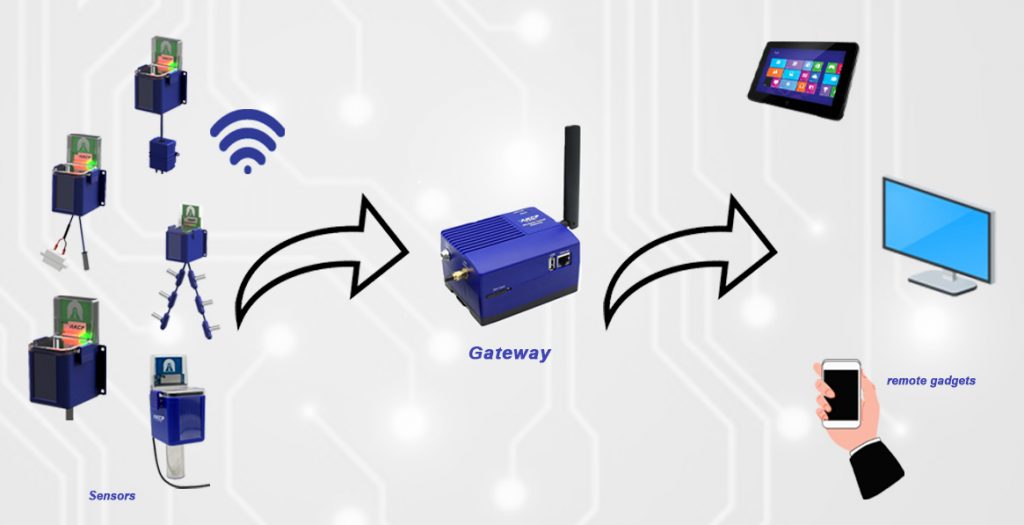
AKCP Environment Monitoring
Whether you are looking for a few temperature and humidity sensors for your computer room or rolling out a multi cabinet monitoring solution, AKCP has an end-to-end data center monitoring solution including sensors and AKCPro Server DCIM software.
AKCPro Server is our world-class central monitoring and management software. Suitable for a wide range of monitoring applications. Free to use for all AKCP devices. Monitor your infrastructure, whether it be a single building or remote sites over a wide geographic area. Integrate third-party devices with, Modbus, SNMP, and ONVIF compatible IP cameras.
Monitor All Your AKCP devices
All deployed AKCP base units and attached sensors can be configured and monitored from AKCPro Server (APS). Base units communicate with the server through your wired local network (LAN) or wide area network (WAN). Remote sites with no wired network send data to the server through the cellular data network.
Integrated Monitoring of all Devices
AKCPro Server integrates all your environmental, security, power, access control, and video in a single, easy-to-use software.
Environmental Monitoring
Monitor all your temperature, humidity, airflow, water leak, and other environmental sensors. Configure rack maps to show the thermal properties of your computer cabinet, check the temperature at the top, middle, bottom, front, and rear, as well as temperature differentials.
Security Monitoring
Ensure that your facilities and critical infrastructure are secured. Door contact sensors, audible and visual alarms are configured and managed from your custom desktops in APS.
Power Monitoring
Monitor single-phase, three-phase, generators, and UPS battery backup power. AKCP Pro Server performs live Power Usage effectiveness (PUE) calculations so you have a complete overview of your power train and how adjustments in your data center directly impact your PUE.
TRY OUR ONLINE POWER USAGE EFFECTIVENESS CALCULATOR
Access Control
AKCPro Server is used to administer the access rights and schedules for all AKCP Door Control, Cabinet Control, and RFID Cabinet locks. Secure your assets, control access, and generate reports to give a complete audited trail of access.
Video Monitoring
Video feeds from Integrated ONVIF compatible IP cameras and cameras connected to AKCP securityProbe base units can be monitored and recorded in AKCPro Server. Synchronize sensor events with video in the playback window for an “eyes on” to any sensor events.
Conclusion
It has now been made clear that the upgrade of monitoring systems in the data center can, not only enhance the operational performance but also help in saving a ton of money when it comes to avoiding network failures and downtime. AKCP monitoring system is perfect for data centers. Their value and reliability are second to none. We hope this article was both helpful and informative.
Reference Links:
https://www.vaultnetworks.com/data-center-remote-monitoring-platforms-can-business/
https://www.tecmint.com/data-center-server-management-tools/
https://factorywiz.com/monitoring/machine-monitoring-overview/




